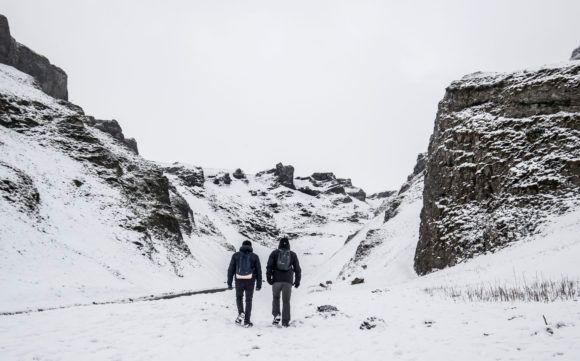
The obvious challenges in rebuilding Britain after the war were material, and none pressed harder than housing. Fortunately, Whitehall had the wisdom to remember that the quality of life matters too, as it showed by legislating for the National Parks in 1949, then designating the first 10 in the 1950s.
In time, as the weight of tourism in the economy increased, it would prove shrewd as well as noble to have saved tracts of rugged beauty from the greed of developers.
Figures about the exact “value added” by the parks must be taken with a pinch of salt (estimates in the range of £4-£10bn have been produced), but half the population lives within an hour’s drive of one of them, and 110m trips to these parks are made annually, roughly two for every citizen of England and Wales.
With their success established, more recent decades saw three National Parks created in the more densely populated south and east of England.
Now journalist and Peak District resident Julian Glover is heading up a government review. It will look at every aspect of how the parks work, but much speculation is fixating on the potential for new ones.
There are established campaigns to upgrade three Areas of Outstanding Natural Beauty—in Dorset, the Chilterns and the Cotswolds—but also some more innovative ideas in the air.
Andy Street, the West Midlands metro-mayor, is among those interested in a protected “Brumbria,” which could preserve aspects of a neglected industrial heritage, and then stretch out into the countryside beyond.












